On June 30, 1899, the American military government issued its first stamps in the Philippines.
Spanish colonization of the Philippines began in 1565 and continued for more than three centuries. In the late 1800s, the people of the Philippines revolted against the atrocities of their Spanish rulers. At the same time, unrest was growing in the Spanish colony of Cuba.
In 1898, the United States and Spain went to war. The chief issue was Cuban independence and the sinking of the American battleship Maine in Havana harbor. American forces easily won the ten-week war, which ended with the Treaty of Paris and US control over Puerto Rico, Guam, and the Philippines.
During the early occupation, the American military government issued US stamps overprinted with the word “PHILIPPINES” in black or red ink. The first stamps were issued on June 30, 1899.
The 1899-1900 Philippines stamps were overprinted in black on the 1894 and 1895 Bureau Issues. The 50¢ Jefferson (#212) is unwatermarked, while the remaining denominations feature a double line “USPS” watermark.
The 1901 Philippines stamps were overprints on stamps from the 1895 Bureau Issues and the Series of 1898-99. The 1903-04 Philippines stamps were overprinted on the ornate Series of 1902-03 US stamps. In 1902, the postmaster general had commissioned an entirely new series of general issues. Until this time, the current regular issues had been in use since 1890 with relatively few changes.
In 1906, the American civil government in the Philippines began issuing the “PHILIPPINE ISLANDS – UNITED STATES OF AMERICA” stamp series. The series featured engravings of famous Filipinos, Americans, and Spaniards on watermarked paper.
The Philippines first issued postage stamps in 1854. Interestingly, 81 years passed before stamps commemorating historical events were issued, in 1935. A set of 14 pictorial stamps were released, with five designs honoring significant events in the history of the Philippines.
In 1935, the Philippines was established as a commonwealth, part of ongoing plans to transition to full independence after 10 years. On November 15, 1935, Philippine stamps were overprinted with the word “COMMONWEALTH.”
During World War II, the Philippines capital city of Manila fell to Japanese Imperial Forces on January 2, 1942. The occupying forces quickly set up a provisional government with limited services. Postal service was suspended temporarily.
On March 4th, the postal service was formally reopened, with the name changed from the Bureau of Posts to the Bureau of Communications. Two stamps were issued. The remaining stamp inventory of the commonwealth was overprinted with black bars covering the words “United States of America” and “Commonwealth of the.” Postal service was initially limited to Manila and a few neighboring metropolitan areas. Provincial offices were reopened as the Japanese stabilized rural towns. All mail was censored by the Japanese.
Immediately after taking control of the Philippines, American forces reopened the Post Office of Tacloban. To provide stamps temporarily, the word “VICTORY” was overprinted on pre-war 1935-41 Commonwealth stamps with a rubber stamp. Once the Japanese surrendered, Filipinos began the long road to rebuilding their nation and achieving independence. In spite of the difficulties, elections were held in April 1946, and the United States ceded its sovereignty over the Philippines. Close relations continued, however, as the Philippines economy was dependent on the US and America maintained military bases in the country.
Click here for more Philippines stamps.
| FREE printable This Day in History album pages Download a PDF of today’s article. Get a binder or other supplies to create your This Day in History album. |
Discover what else happened on This Day in History.

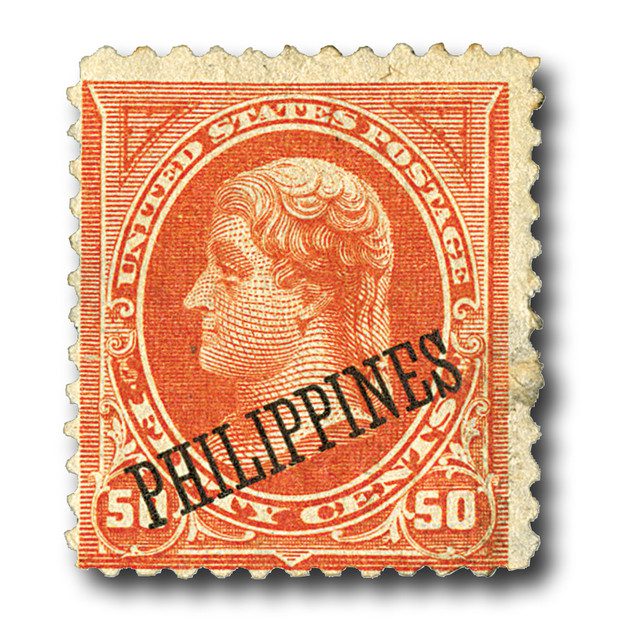
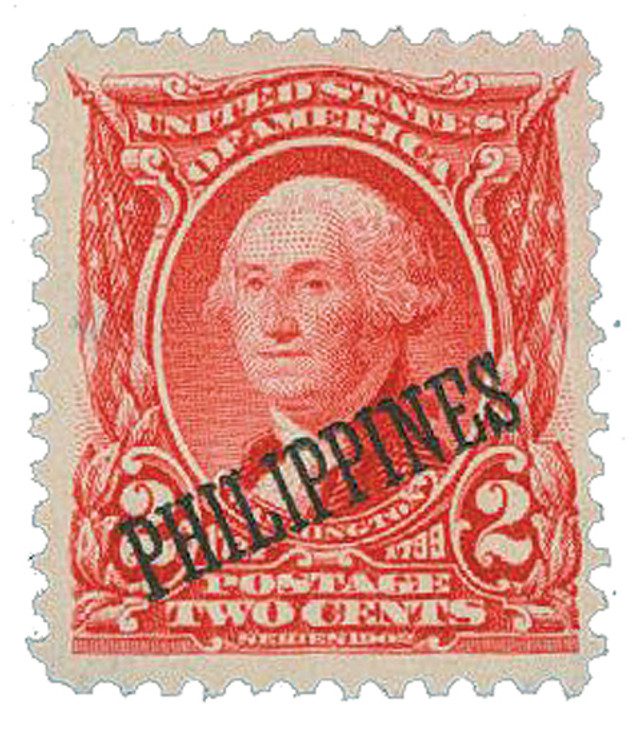
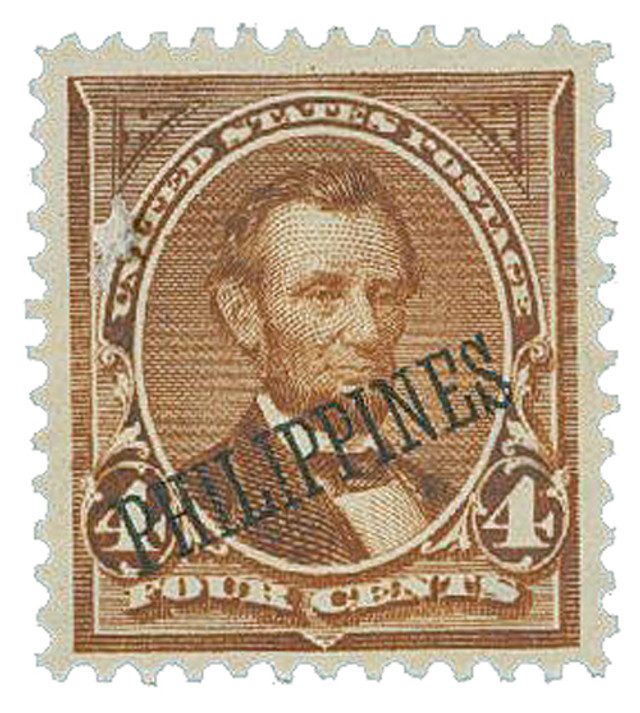
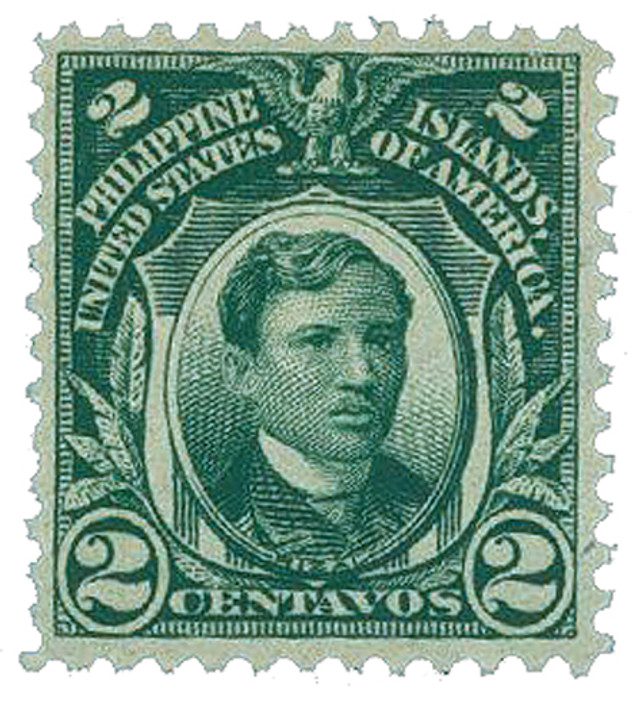
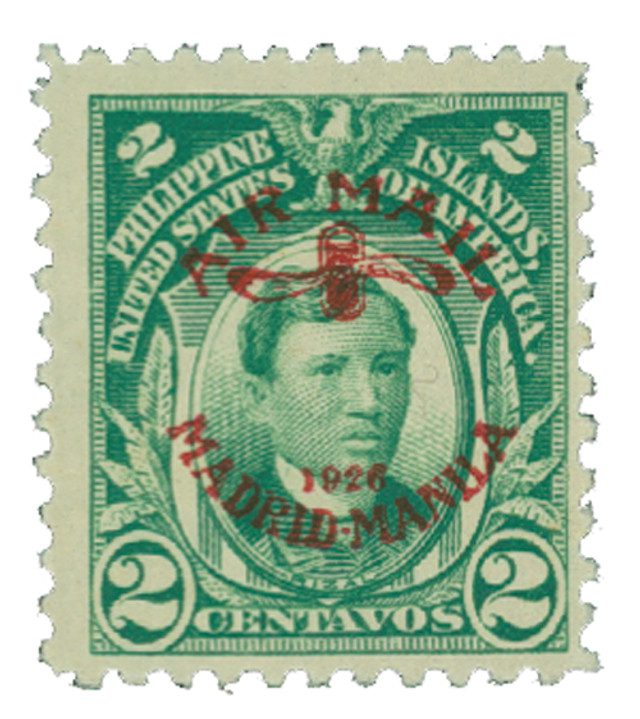
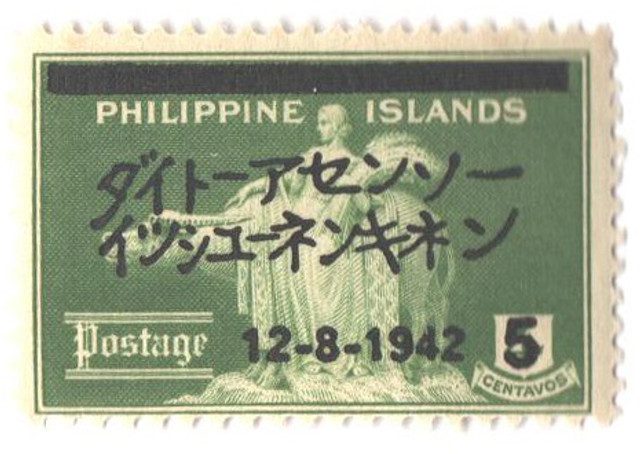
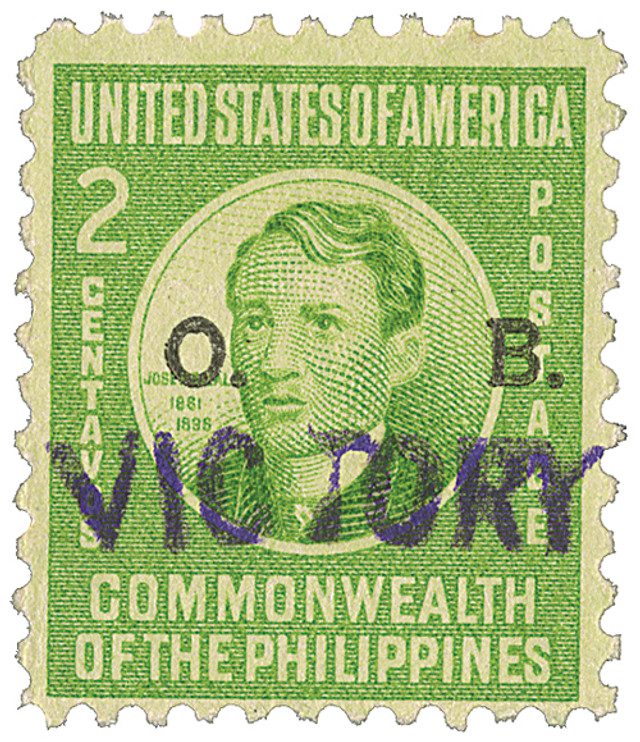
And the American Imperialism’s rule over the Philippines was bloody and repressive. The civilian casualty toll in the U.S. putting down what WE called the “Philippine Insurrection” was huge. Thats not commemorated on any American stamp.
Yes, and I’m sure you expect the United States to pay dearly for that by generously compensating every citizen of the Philippines, and for our President to go over and apologize for the atrocities we committed to the Philippine people. The Imperialist Americans; the most generous, humane, and free nation ever on the face of the Earth. Happy Independence Day Dennis!